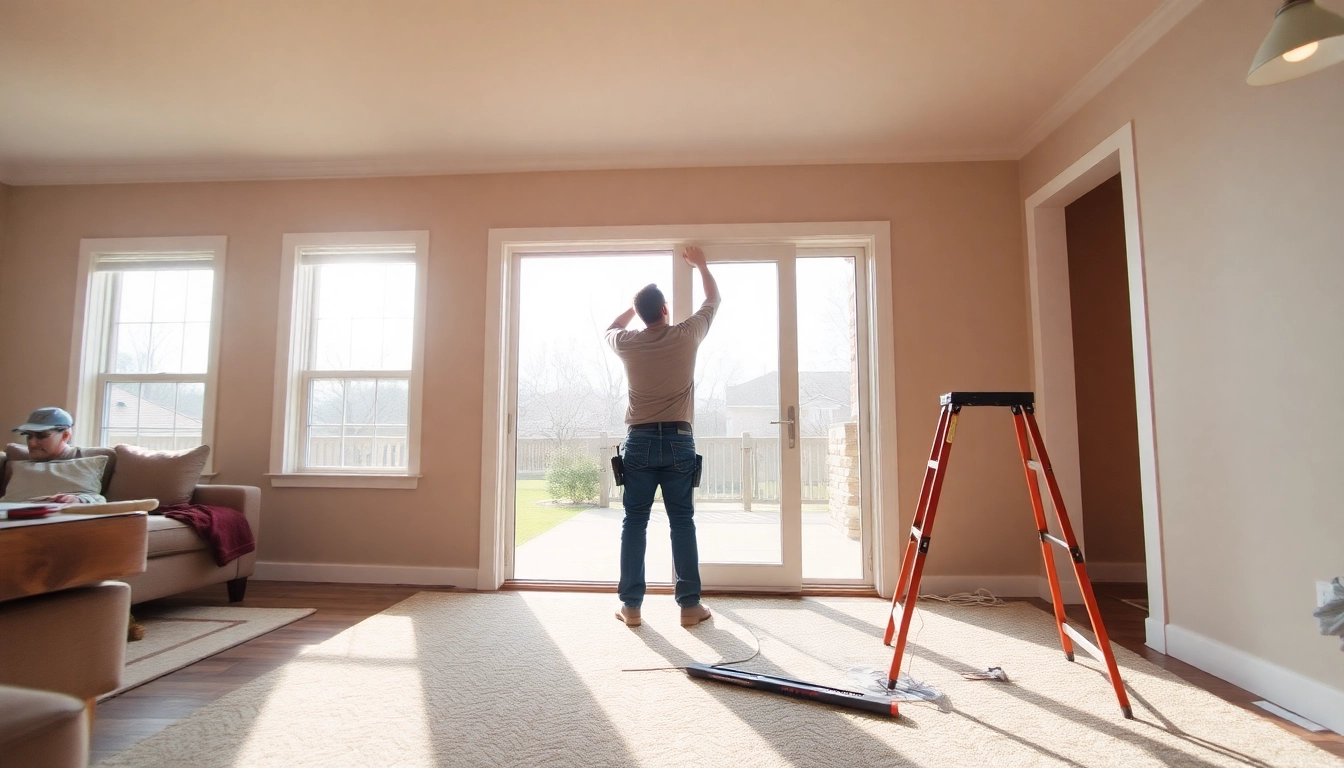Understanding the Fundamentals of Framing in Construction
In the realm of construction, framing stands as the backbone of any structure, serving as the skeletal framework that provides support, shape, and stability. Whether constructing a residential home, commercial building, or intricate architectural masterpiece, a solid understanding of framing fundamentals is essential for architects, engineers, and builders alike. This comprehensive guide delves into the core principles of framing, exploring materials, methods, challenges, and innovative techniques that influence quality, safety, and efficiency in construction projects.
Basics of Structural Framing and Materials
Structural framing involves fitting together various components to create the skeleton of a building. It primarily focuses on supporting loads, maintaining structural integrity, and shaping the overall architectural design. The choice of materials significantly impacts durability, cost, and ease of construction. The most common framing materials include:
- Wood: Widely used in residential construction due to its availability, ease of handling, and cost-effectiveness. Types include dimensional lumber, engineered wood products, and exotic hardwoods.
- Steel: Known for its strength-to-weight ratio, durability, and adaptability for large or complex structures. Steel framing is often employed in commercial and industrial buildings.
- Concrete: Used both as a primary support material and in combination with steel reinforcement (reinforced concrete). Its high compressive strength makes it suitable for foundations and load-bearing walls.
Each material has properties that influence its application. For instance, wood offers ease of modification during construction, while steel provides longer spans with less material weight. Understanding these nuances allows for optimized design choices tailored to project requirements.
Types of Framing Methods and When to Use Each
Different framing methods exist to serve various structural and aesthetic purposes. Selecting the appropriate method depends on factors such as span length, load requirements, environmental conditions, and budget constraints. The primary framing techniques include:
Platform Framing
The most common in residential construction, platform framing involves building each floor as a separate platform, then stacking walls upon it. It simplifies construction, enhances safety, and allows flexibility in design modifications.
Timber Frame
Utilizing large, heavy timbers joined with traditional joinery techniques such as mortise and tenon, timber framing offers aesthetic appeal and high durability. It is suitable for homes, barns, and rustic structures.
Balloon Framing
An older technique where wall studs run continuously from foundation to roof, providing a strong frame but with more fire risk and less flexibility. It is less common today but found in historic buildings.
Steel Framing
Ideal for large-span structures and high-rise buildings, steel framing provides enhanced strength and resistance to pests, fire, and weather. Prefabricated steel components allow rapid assembly and precise construction.
Choosing the Right Method
Key considerations encompass span requirements, environmental factors (such as moisture or pests), structural loads, and project timeline. For instance, steel framing excels in commercial skyscrapers, whereas wood framing is prevalent in residential homes.
Common Challenges in Framing and How to Overcome Them
Despite advancements, framing projects often face obstacles that can compromise the building’s safety and longevity. Recognizing these challenges early and implementing effective solutions is crucial for project success.
Inaccurate Measurements
Errors in measurement can lead to misaligned components, structural weaknesses, and delays. Employing precise tools such as laser levels and digital tape measures, coupled with meticulous planning, reduces these errors.
Material Defects or Incompatibility
Using substandard materials or incompatible components can cause structural issues or deterioration over time. Selecting certified, high-quality materials and verifying compatibility before assembly mitigates these risks.
Environmental Factors
Moisture, temperature fluctuations, and pests can weaken framing materials. Incorporating proper weatherproofing, ventilation, and pest control measures enhances durability.
Poor Construction Practices
Skill gaps or oversight can result in structural failures. Continuous training, adherence to codes, and employing experienced professionals are vital to uphold standards.
Overcoming Challenges
Strategies include comprehensive project planning, quality control inspections, and the integration of modern technologies like Building Information Modeling (BIM) for improved accuracy and coordination.
Designing Effective Framing Structures
Effective framing design balances aesthetic goals, structural integrity, and material efficiency. A systematic approach involves meticulous planning, adherence to standards, and innovative techniques to optimize outcomes.
Planning and Measuring for Accurate Framing
Pre-construction planning encompasses thorough site analysis, detailed measurement, and precise drawings. Utilizing digital tools such as CAD software enhances accuracy and visualization, ensuring all components fit together seamlessly.
Integrating Building Codes and Safety Standards
Compliance with local building codes and safety regulations ensures legal approval and occupant safety. Standards like the International Building Code (IBC) specify load capacities, fire resistance, and seismic considerations critical for framing design.
Innovative Framing Techniques for Efficiency
Emerging methods such as prefabrication, modular construction, and the use of engineered wood products accelerate project timelines and improve quality control. Techniques like advanced framing optimize material use, reduce waste, and promote sustainability.
Tools and Equipment for Precision Framing
High-quality tools are indispensable for achieving accuracy, safety, and efficiency in framing projects. An understanding of essential equipment, selection criteria, and maintenance ensures optimal performance.
Essential Power and Hand Tools
- Hammer and nail guns for fast nailing processes
- Measuring tapes, chalk lines, and laser levels for precise measurements
- Circular saws, miter saws, and framing squares for cutting and layout
- Drills and screw guns for fastening
Choosing the Right Materials and Moulding
Material selection hinges on structural requirements and aesthetic preferences. Engineered wood mouldings offer stability and consistency, while traditional timber provides rustic appeal. High-grade, treated lumber enhances longevity, especially in outdoor framing.
Maintenance and Safety Tips for Proper Tool Usage
Regular inspection, cleaning, and calibration prolong tool lifespan. Safety gear—gloves, goggles, ear protection—is non-negotiable. Proper training and adherence to safety protocols reduce risks of injury.
Advanced Strategies for Professional Framing Results
For large-scale or complex projects, employing advanced techniques ensures optimal performance and durability. Innovations leverage technology and engineering principles to overcome traditional limitations.
Optimizing Load-Bearing Structures
Analytical tools like finite element analysis (FEA) help simulate load distribution, allowing engineers to reinforce critical points. Use of high-strength materials and resilient joint connections enhances overall stability.
Use of Modern Technologies in Framing Projects
Technologies including Building Information Modeling (BIM) streamline design and construction coordination, minimize errors, and enable prefabrication. Drones and 3D scanning further assist in site assessment and quality control.
Case Studies of Successful Framing Projects
In one high-rise development, integrated steel framing combined with BIM simulations reduced construction time by 20% and exceeded safety standards. Another residential project implemented engineered wood panels for quick assembly, resulting in cost savings and reduced environmental impact.
Measuring and Improving Framing Performance
Continuous evaluation of framing techniques fosters quality enhancement and operational efficiency. Key components include rigorous inspection, cost management, and sustainability considerations.
Quality Control and Inspection Techniques
Regular in-progress inspections using laser scanning, leveling tools, and visual assessments identify deviations early. Documentation and adherence to quality standards prevent costly rework.
Cost Estimation and Budget Management
Accurate budgeting relies on detailed material takeoffs and labor estimates, leveraging historical data and software tools. Contingency planning and value-engineering optimize resource allocation.
Environmental Considerations and Sustainable Materials
Employing recycled steel, FSC-certified wood, and low-VOC finishes reduces environmental footprint. Implementing waste reduction practices and designing for disassembly promote sustainability.

